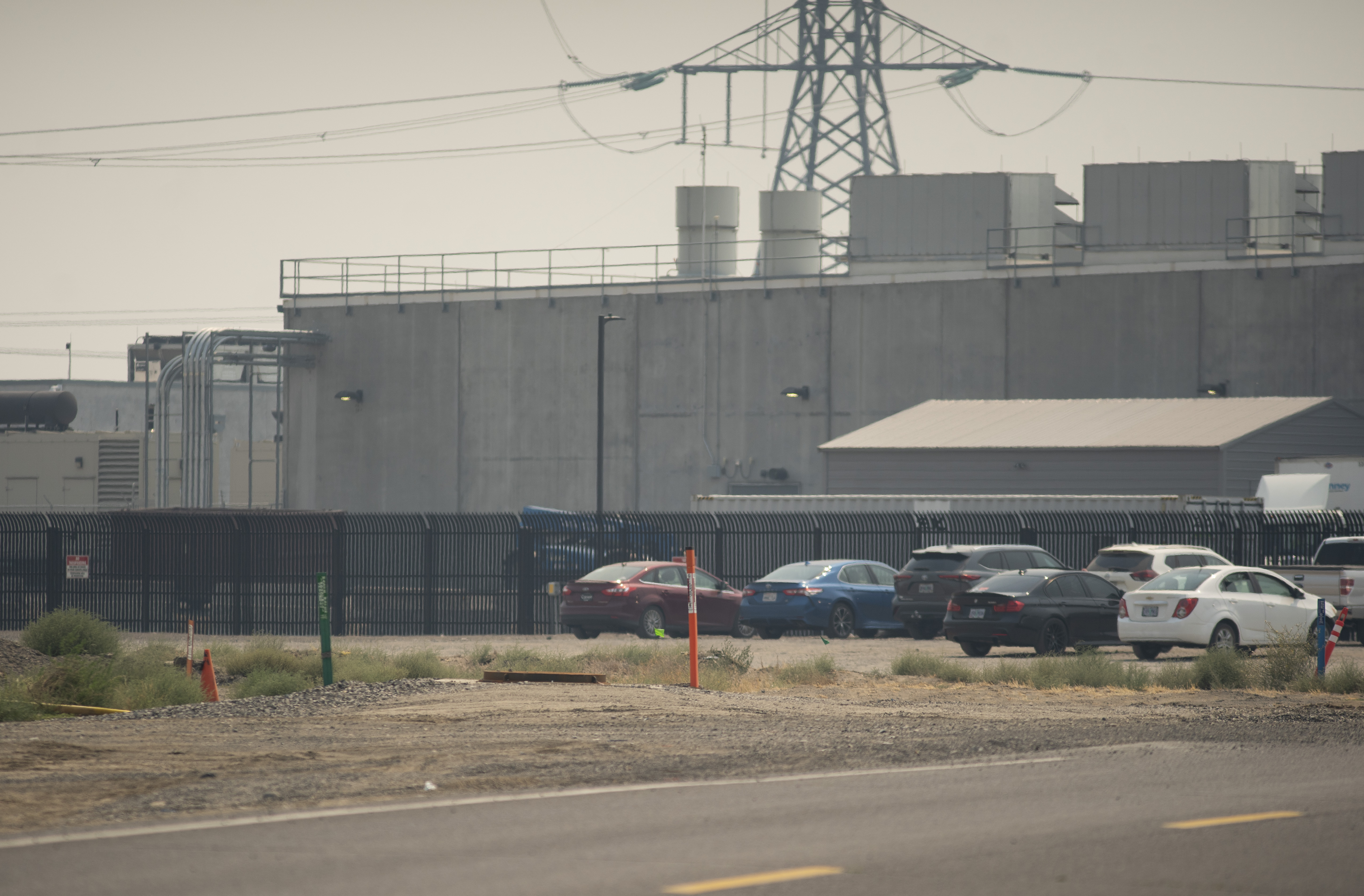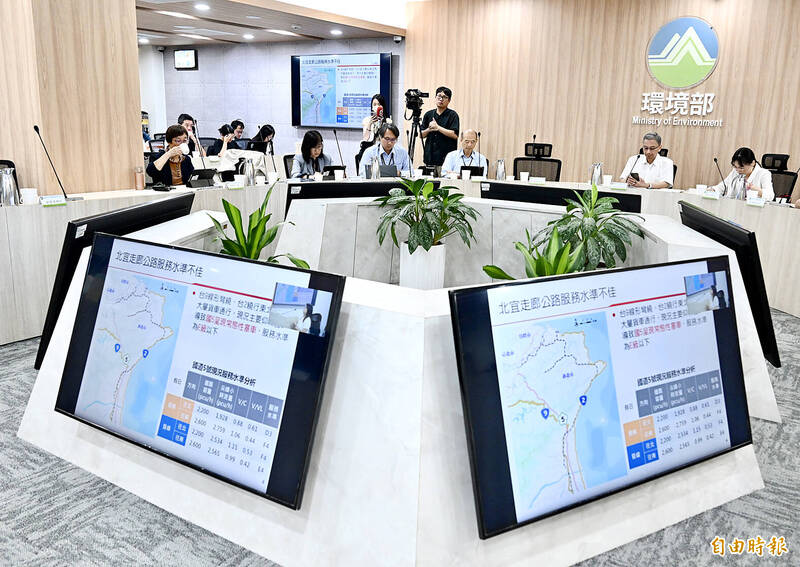Legal Appeal Contests EPA Factory Farm Emission Exemption, Citing Failures in Sustainable Development Commitments
Case Summary
- A coalition of conservation and community organizations has appealed a federal court decision that upheld a 2018 Environmental Protection Agency (EPA) rule.
- The rule in question exempts factory farms from mandatory public reporting of hazardous air emissions, specifically ammonia and hydrogen sulfide.
- The appeal, filed with the U.S. Court of Appeals for the District of Columbia, argues that the exemption is unlawful and violates the Emergency Planning and Community Right-to-Know Act (EPCRA).
- The core objective of the legal challenge is to reinstate reporting requirements for industrial-scale livestock operations to ensure community safety and environmental accountability.
Undermining SDG 3: Good Health and Well-being
- The EPA’s rule directly contravenes the objectives of SDG 3, particularly Target 3.9, which seeks to substantially reduce the number of deaths and illnesses from hazardous chemicals and air pollution.
- Exposure to unreported emissions from factory farms is linked to significant public health crises, including:
- Respiratory diseases
- Nasal and eye irritation
- Headaches and nausea
- Severe brain and lung damage
- Death
- A recent study indicates that air pollution from the U.S. livestock industry is responsible for over 12,700 deaths annually, demonstrating a critical failure to protect public health.
Contradicting SDG 11: Sustainable Cities and Communities
- The exemption undermines the “Community Right-to-Know” principle, a cornerstone for achieving safe, resilient, and sustainable communities as outlined in SDG 11.
- By withholding pollution data, the rule prevents frontline communities and emergency responders from accessing information necessary to protect themselves from exposure to hazardous substances.
- This policy obstructs progress toward SDG Target 11.6, which calls for reducing the adverse environmental impact of human settlements by improving air quality and waste management.
Neglecting SDG 12 and SDG 15: Responsible Production and Life on Land
- The EPA rule promotes unsustainable production patterns (SDG 12) by shielding the factory farm industry from accountability for its environmental externalities.
- This failure to mandate reporting is inconsistent with SDG Target 12.4, which requires the environmentally sound management of chemicals and a significant reduction in their release to air, water, and soil.
- Unreported ammonia emissions contribute to the degradation of terrestrial ecosystems and threaten biodiversity (SDG 15) through soil acidification and water pollution, putting natural habitats at risk.
Challenging SDG 16: Peace, Justice, and Strong Institutions
- This legal appeal is an action to promote justice and ensure institutional accountability, in line with the goals of SDG 16.
- Appellants argue that the EPA has failed to act as an effective and transparent institution by unlawfully extending a reporting exemption beyond its congressional mandate.
- The rule is characterized as a regulatory loophole that prioritizes industry benefactors over the EPA’s primary mission to protect human health and the environment, thereby eroding the rule of law and public trust.
List of Appellants
- Rural Empowerment Association for Community Help
- Animal Legal Defense Fund
- Center for Biological Diversity
- Center for Food Safety
- Don’t Waste Arizona
- Environmental Integrity Project
- Food & Water Watch
- Humane World for Animals (formerly the Humane Society of the United States)
- Sierra Club
- Sound Rivers
- Waterkeeper Alliance
Analysis of the Article in Relation to Sustainable Development Goals
1. Which SDGs are addressed or connected to the issues highlighted in the article?
-
SDG 3: Good Health and Well-being
- The article directly connects air pollution from factory farms to severe human health problems. It states that exposure to ammonia and hydrogen sulfide “can cause many human health problems, including respiratory diseases, nasal and eye irritation, headaches, nausea and even death.” It also cites a study attributing “over 12,700 U.S. deaths per year” to air pollution from the livestock industry.
-
SDG 11: Sustainable Cities and Communities
- The focus is on the impact of industrial pollution on “frontline communities” and people living near large-scale animal feeding operations. The legal appeal aims to protect these communities from “noxious chemicals in the air they breathe” and reduce the adverse environmental impact on where people “live, work, or their kids go to school.”
-
SDG 12: Responsible Consumption and Production
- The article critiques a specific mode of production: “industrial factory farms” or “industrial-scale livestock and poultry operations.” The core issue is the environmentally unsound management of waste from this production system, which leads to the release of hazardous chemicals (“toxic releases of ammonia and hydrogen sulfide”) into the environment.
-
SDG 16: Peace, Justice and Strong Institutions
- The article is centered on a legal challenge against a government agency (the EPA) for a rule that undermines existing law (“Emergency Planning and Community Right-to-Know Act”). It highlights the fight for public access to information, accountability for polluters, and the responsibility of institutions to protect human health and the environment, arguing that the EPA is failing its mandate.
2. What specific targets under those SDGs can be identified based on the article’s content?
-
Target 3.9: By 2030, substantially reduce the number of deaths and illnesses from hazardous chemicals and air, water and soil pollution and contamination.
- The article’s main concern is the health impact of “dangerous gases like ammonia and hydrogen sulfide.” It explicitly mentions the goal of reducing “brain and lung damage and deaths their emissions can cause” and cites a study linking these emissions to over 12,700 deaths annually.
-
Target 11.6: By 2030, reduce the adverse per capita environmental impact of cities, including by paying special attention to air quality and municipal and other waste management.
- The legal action is taken on behalf of “nearby communities” to address the “dangerous air emissions” from factory farms. The goal is to improve air quality for those living in proximity to these industrial operations.
-
Target 12.4: By 2020, achieve the environmentally sound management of chemicals and all wastes throughout their life cycle… and significantly reduce their release to air, water and soil in order to minimize their adverse impacts on human health and the environment.
- The article focuses on the release of hazardous chemicals (ammonia, hydrogen sulfide) from “highly concentrated animal waste.” The lawsuit seeks to enforce reporting requirements as a first step toward managing and reducing these releases to protect human health and ecosystems.
-
Target 16.10: Ensure public access to information and protect fundamental freedoms, in accordance with national legislation and international agreements.
- The entire legal appeal is based on upholding the “Emergency Planning and Community Right-to-Know Act.” The groups argue that the EPA’s rule “leaves frontline communities in the dark” and that “People have a right to know” about hazardous pollution. The core of the conflict is about public access to environmental information.
3. Are there any indicators mentioned or implied in the article that can be used to measure progress towards the identified targets?
-
For Target 3.9:
- Indicator (Explicit): Number of deaths attributed to air pollution from a specific industry. The article provides a concrete figure: “air pollution from the livestock industry… is responsible for over 12,700 U.S. deaths per year.” Tracking this number would measure progress.
- Indicator (Implied): Incidence of illnesses related to exposure to specific chemicals. The article mentions “respiratory diseases, nasal and eye irritation, headaches, nausea,” which could be tracked in communities near factory farms.
-
For Target 11.6:
- Indicator (Implied): Levels of specific air pollutants in affected communities. Progress could be measured by monitoring the concentration of “ammonia and hydrogen sulfide” in the air where people live, work, and go to school near these facilities.
-
For Target 12.4:
- Indicator (Implied): The number or percentage of industrial facilities reporting their chemical emissions as required by law. The article states that “chemical releases have never been consistently reported, contrary to law.” A key measure of progress would be the successful enforcement of reporting requirements for all factory farms.
-
For Target 16.10:
- Indicator (Implied): The implementation and enforcement of right-to-know legislation. The success of the appeal to overturn the EPA’s exemption and restore the public’s access to emission data under the “Emergency Planning and Community Right-to-Know Act” is a direct measure of progress for this target.
4. Summary Table of SDGs, Targets, and Indicators
| SDGs, Targets and Indicators | Corresponding Targets | Specific Indicators Identified in the Article |
|---|---|---|
| SDG 3: Good Health and Well-being | Target 3.9: Substantially reduce deaths and illnesses from hazardous chemicals and air pollution. | Number of deaths per year attributed to livestock industry air pollution (explicitly stated as “over 12,700”). Incidence of related illnesses (respiratory diseases, etc.) in affected communities. |
| SDG 11: Sustainable Cities and Communities | Target 11.6: Reduce the adverse per capita environmental impact of cities, paying special attention to air quality. | Concentration levels of hazardous air pollutants (ammonia and hydrogen sulfide) in communities near factory farms. |
| SDG 12: Responsible Consumption and Production | Target 12.4: Achieve environmentally sound management of chemicals and wastes and reduce their release to air, water, and soil. | Number/percentage of factory farms publicly reporting their toxic air emissions as required by law. |
| SDG 16: Peace, Justice and Strong Institutions | Target 16.10: Ensure public access to information in accordance with national legislation. | The status of enforcement of the “Emergency Planning and Community Right-to-Know Act” for factory farms. Public availability of emission data. |
Source: biologicaldiversity.org
![]()






